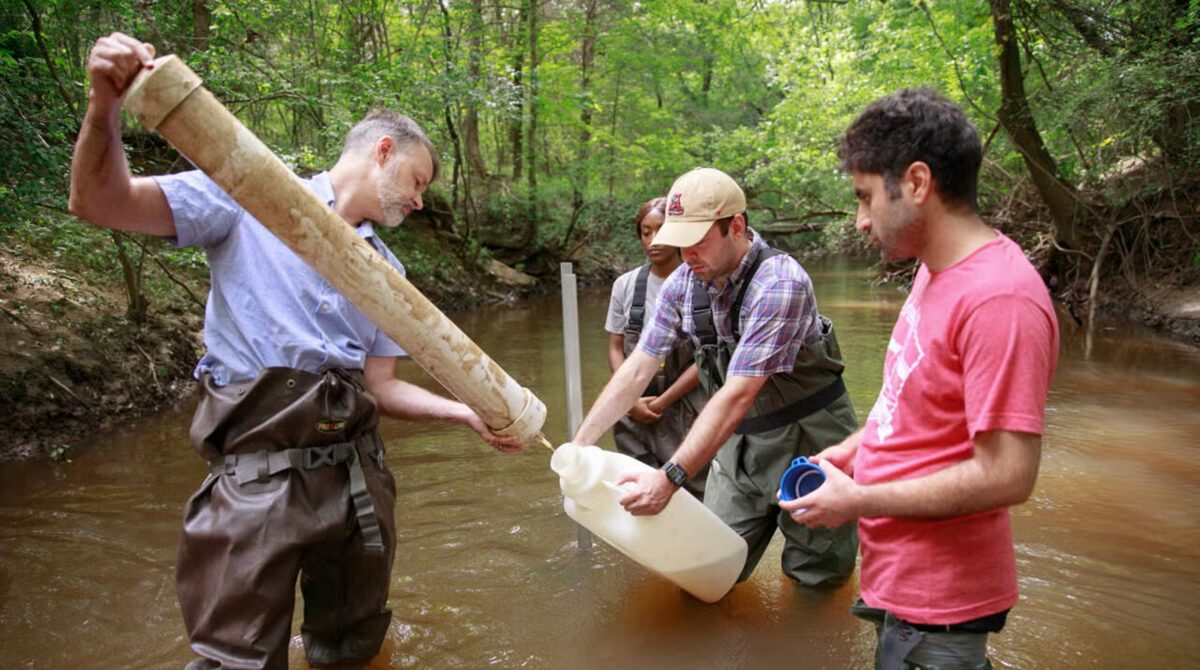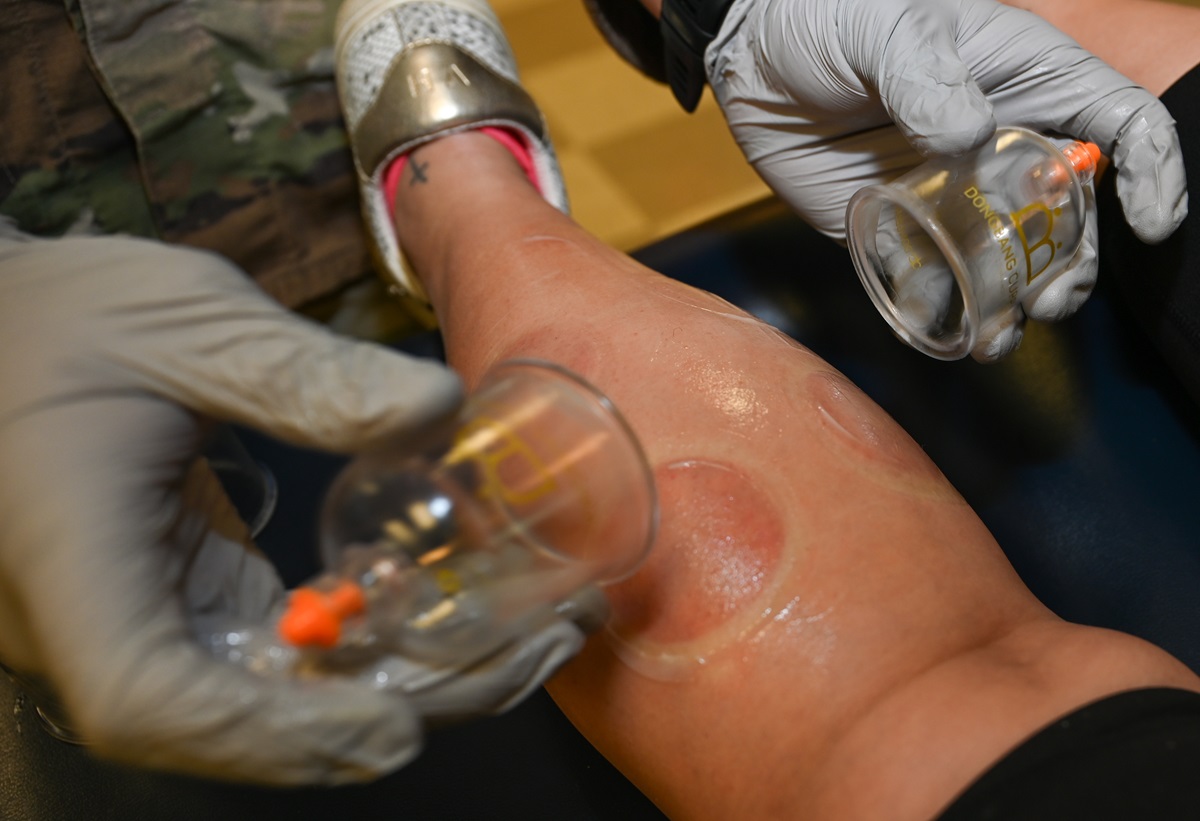Plans move ahead on Helen Keller, Rosa Parks statues for the Alabama State Capitol grounds

The Alabama Women’s Tribute Statue Commission is accepting artists' proposals through Sept. 14 for statues of Alabama natives Helen Keller, left, and Rosa Parks to be placed on the Alabama State Capitol grounds. (file)
It’s not clear whether two women from Alabama who made history ever met. But it won’t be long before Helen Keller and Rosa Parks – or, rather, their representations – will be enshrined on the same hillside in downtown Montgomery.
The Alabama Women’s Tribute Statue Commission recently posted an all-call to artists to submit designs for two statues, one of Keller and one of Parks, to be installed on the grounds of the Alabama State Capitol. Artists or artist teams have until Sept. 14 to submit ideas.
The Alabama Legislature in 2019 created the commission to guide the projects and Gov. Kay Ivey signed the measure into law. Since then, the six-member commission, chaired by State Rep. Laura Hall of Huntsville, has been refining plans for the statues. Specifications are in the official Request for Proposals (RFP) issued by the commission in June.
Unlike a typical government RFP, the specs for the two statues are intentionally brief, leaving room for creativity. For the Rosa Parks statue, which will be placed on the west side of the Capitol, the main requirements are that it be made of bronze and that it “closely resemble the general sizes, proportions, and style of statues located in close proximity …” Also, a pedestal is required.
For the Helen Keller statue, there are even fewer specifications, and a precise location on the Capitol grounds isn’t prescribed. However, the RFP does require that it “be designed and located in a manner that allows the statue to be readily accessible to, and touchable by, people with disabilities.”
Birmingham artist Annie Butrus, a member of the commission, is excited about the possibilities that the loose framework provides for creativity in designing the statues.
“I think it goes without saying: This is a once-in-a-lifetime opportunity to help create a permanent display of these incredibly important women and to mark their incredible legacy,” Butrus said.
Sue Pilkilton is executive director of the Helen Keller Birthplace in Tuscumbia. She has been affiliated with the site for 50 years. During a half-century of service and countless conversations with Helen Keller experts and family members, she’s never heard that Parks and Keller ever met.
Donna Beisel, assistant director at Troy University’s Rosa Parks Museum in Montgomery, also believes the two never met.
“I do not believe they did. I’ve never seen or read that they met,” Beisel said. She said that by the time Parks was becoming active in civil rights work in Alabama, Keller had settled far away in Connecticut.
Whether or not the two women ever had personal contact, “They stood for the same thing – that’s what’s so amazing,” Pilkilton said.
“The color of someone’s skin would have not mattered to Helen Keller,” Pilkilton said.
Indeed, setting aside the fact that she became blind and deaf as a toddler, Keller was, from the time she entered Radcliffe College in 1900, a social progressive and a human rights advocate, according to her bio posted by the American Federation for the Blind. She supported racial equity and disability rights, and experienced the sting of discrimination because of her physical disabilities, Pilkilton said.
“She was for equal rights for all,” Pilkilton added.

As for Parks, she actively challenged discrimination, racial inequality and racist violence years before her famous refusal in 1955 to relinquish her seat to a white person on a Montgomery bus. In the 1930s she raised money for the defense of the Scottsboro boys – Black teens falsely accused of raping a white woman – which is considered one of the great judicial injustices of the 20th century. By the early 1940s she was a member of the NAACP, and in 1944 co-founded the Committee for Equal Justice, which advocated for Black women who were victims of interracial rape and physical attacks. The organization ultimately grew to 18 chapters across the country, with many prominent civil rights leaders among its members.
Keller and Parks provide extraordinary inspiration for artists who are considering submitting a proposal to design the statues in their honor on the Alabama State Capitol grounds, Butrus said. The chosen artists will also be changing the males-only face presented to the public along the paths surrounding the Capitol. Among the many markers and monuments on the grounds, there are six plaques, statues or busts honoring individuals – all of them men. The only woman honored across the entire Capitol complex with a bust (it’s inside the historic Capitol building) is former Gov. Lurleen Wallace.
The commission will choose the artists who will undertake the projects, in consultation with lawmakers, artists, disability experts and others. The project is expected to cost significantly more than the $150,000 set aside by the Legislature, so the commission is planning to launch a fundraising effort to cover the difference, Butrus said.
“I am excited to get the word out,” Butrus said. “Every Alabamian should feel that they can be represented by this.”















